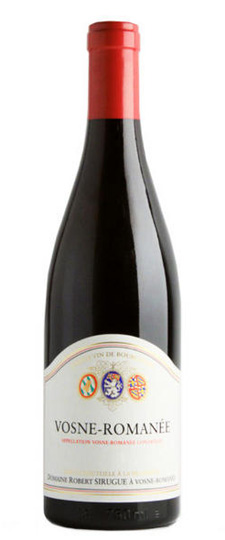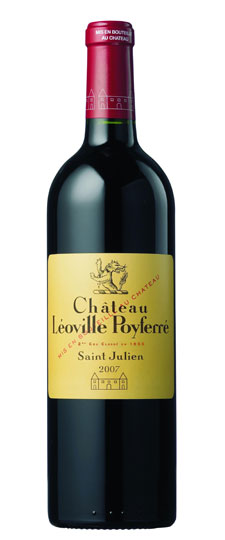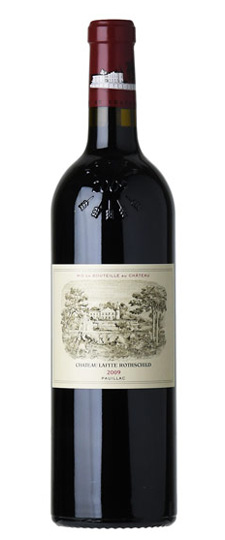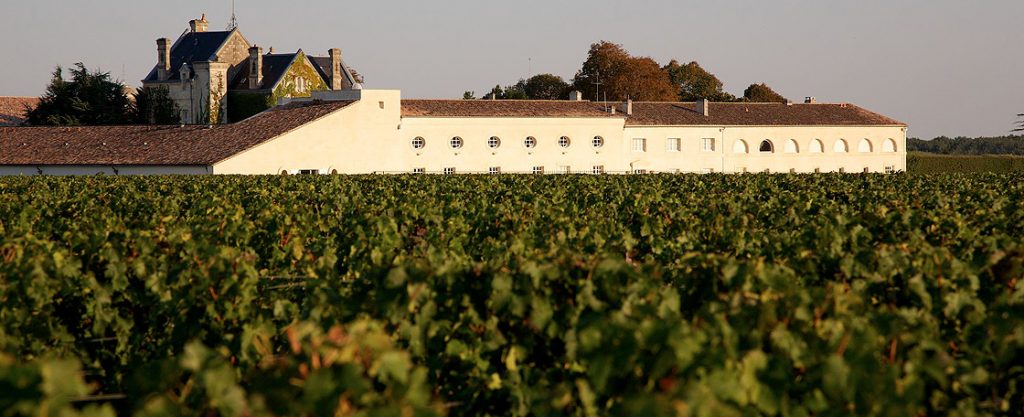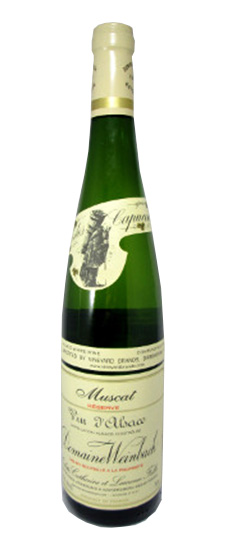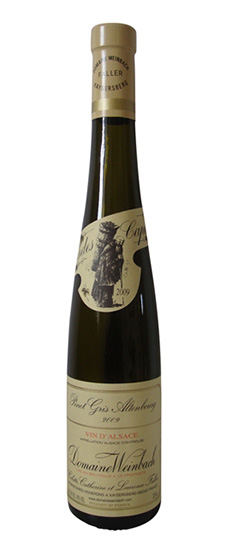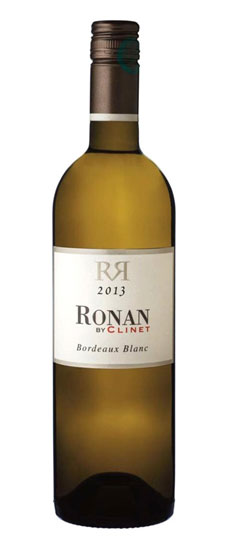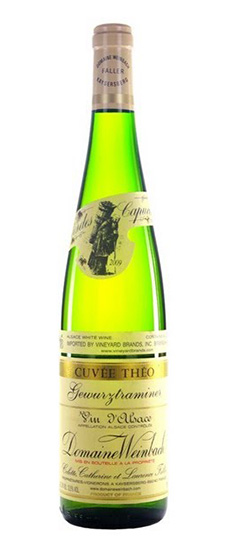Wine Score
Grape Variety
Bordeaux Blend
A Bordeaux Blend is a blended red wine that contains only those varieties that are authorized for use in the red wines of the Bordeaux region of France. Bordeaux is the most famous and highly coveted wine blend in the world. Like many wines with a long history, there’s a lot to learn, so we’re here to just cover the basics.
- Red Bordeaux blend is primarily composed of Cabernet Sauvignon, Merlot, and Cabernet Franc, with smaller portions of Malbec and Petit Verdot.
- White Bordeaux blend is primarily made of Sauvignon Blanc and Sémillon, with a splash of Muscadelle in the mix
While there are both red and white Bordeauxs, the name Bordeaux is primarily associated with the red wine blend. Red Bordeaux is a red wine that is always made from blending Cabernet Sauvignon wine and Merlot wine together, though the proportion of each depends on the location of the winery that made the wine.
- Left bank blends : tend to be higher in tannins, alcohol and acidity. They are powerful, rich wines that are said to age a bit better than wines from the Right Bank.
- Right bank blends : tend to be softer, less tannic and lower in alcohol and acidity. Because Merlot is the dominant grape, they are much more juicy and usually ready to be drunk much earlier than Left Bank Bordeauxs, and they’re often less expensive.
Pauillac Wine
The deep gravel banks around the town of Pauillac are the heartland of Cabernet Sauvignon, making these both the most revered and the longest lived of Bordeaux’s great wines. For many wine lover, King Cab’s greatest wines are the three Pauillac First Growths (Lafite, Latour and Mouton-Rothschild).
When to drink
These wines definitely need cellaring to allow the powerful and forbidding tannins of youth to mellow and the perfume to emerge. A few examples bloom with friendly fruit from an early age, while others retain the froideur of an assiduous school prefect throughout their long lives. Eight to ten years will be enough to bring most wines to a peak and the should drink well for another decade thereafter, perhaps two decades for the best wines.
Best Vintages of Pomerol : 2005, 2004, 2003, 2002, 2001, 2000, 1996, 1995, 1990
Pauillac Wine Style
The hallmark flavours of a classic Pauillac are an intense blackcurrant fruit flavour allied to a heady cedarwood and pencil-shaving perfume. Simple to describe yet compelling and infinitely satisfying in the glass. A few properties produce a broader, plummier style but austerity is the watchword for the majority.
ไวน์แนะนำ
- Ch. d’Armailhac
- Ch. Batailley
- Ch. La Fleur Peyrabon
- Ch. Fonbadet
- Ch. Grand Puy Ducasse
- Ch. Grand Puy Lacoste
- Ch. Haut Bages Averous (second wine of Lynch Bages)
- Ch. Haut Batailley
- Ch. Lacoste Borie (second wine of Ch. Grand Puy Lacoste)
- Ch. Lynch Moussas
- Ch. Pibran

